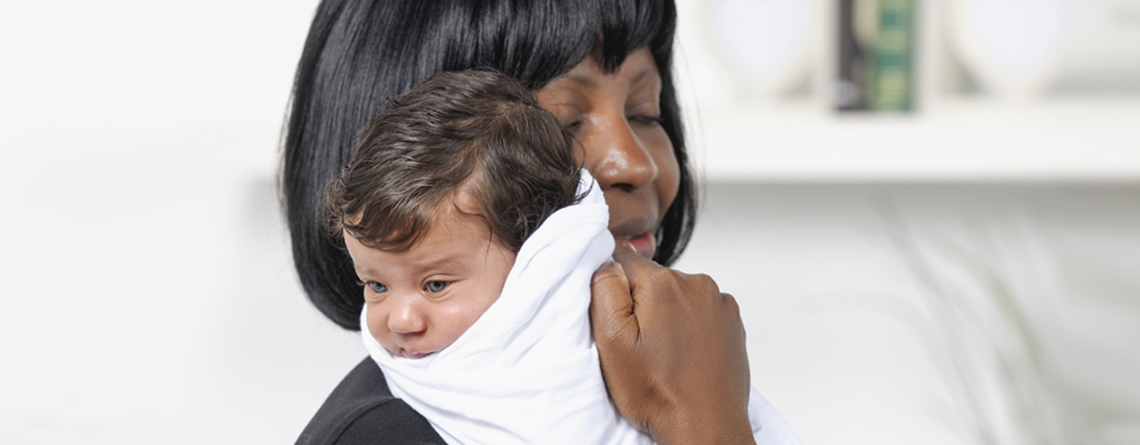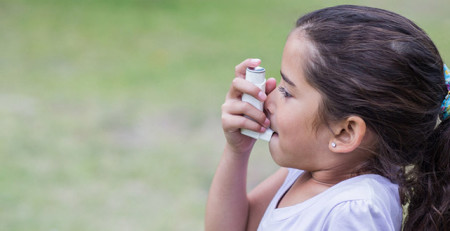The Importance of Educating Patient’s Caregivers on Shaken Baby Syndrome
Shaken baby syndrome, or inflicted traumatic brain injury, is caused by the violent shaking of a child with or without contact between the child’s head and a hard surface. Such contact may result in head trauma, including subdural hematoma, diffuse axonal injury and retinal hemorrhage. Shaken baby syndrome, is the most common cause of traumatic death for children younger than 1 year. Approximately 20 per 100,000 infants per year experience abusive head injuries resulting from shaking typically triggered by a caregiver’s inability to stop the infant’s crying. Shaken baby syndrome may be preventable because of the lack of awareness about the damages caused by shaking.
Crying is a common stimulus for shaking. The Period of PURPLE Crying program materials use the association between crying and shaken baby syndrome to educate parents about the dangers of shaking and the importance of sharing this information with other caregivers. Shaken baby syndrome typically occurs by week 2 of life. Therefore, information should be given to parents before or soon after birth.
The PURPLE materials were developed by the National Center on Shaken Baby Syndrome. The letters in PURPLE each stand for a property of crying in healthy infants that frustrates caregivers.
The PURPLE materials reinforce that these are normal properties and suggest 3 guidelines when caring for a crying infant. First, parents are encouraged to use typical calming responses such as carrying, comforting, walking and talking with their infants. The second guideline is if the crying is too frustrating, it is okay to put the baby down in a safe place, walk away, calm yourself and then return to check on the baby. The third guideline is never shake a baby.
Parent education immediately after the infant’s birth has shown promise as a prevention strategy. The use of educational materials from the Period of PURPLE Crying program changes maternal knowledge and behavior related to shaking. In a recent study, mothers who receive Period of PURPLE Crying materials reported sharing information about walking away if frustrated more often than mothers who received control materials. The receipt of the Period of PURPLE Crying materials led to higher maternal scores for knowledge about infant crying and for some behaviors considered to be important for the prevention of shaking. Studies have also shown strong correlating evidence that a low-cost prevention program can substantially reduce newborns’ risk of sustaining an abusive head injury resulting from shaking during the first year of life.
Furthermore, in a study of the effectiveness of public health practices against shaken baby syndrome, results showed that crying and shaking knowledge were significantly higher among women exposed to the public health practices, with a dose-response relationship. Additionally, walk-away behavior during periods of unsoothable crying was higher among the intervention group.
Regardless of the type of training modality, participants perceived information provided in the training session as useful and helpful for parents. Face to face sessions had higher mean scores than those who completed online training. A key aspect of this prevention program is one on one teaching. It is reasonable to assume based on evidence from several studies, that similar prevention programs in all states would decrease the nationwide incidence of shaking injuries. Given the potentially devastating consequences of these injuries, the high societal costs, the program’s effectiveness, and the trivial per patient program costs, the most important issue left to debate is the best way to achieve broad implementation of the program.
References
- Altman R., Canter J., Patrick P., Daley N., Butt N., Brand, D. Parent Education by Maternity Nurses and Prevention of Abusive Head Trauma. Pediatrics 2011;128;e1164
- Okura, Setagaya-ku. Effectiveness of public health practices against shaken baby syndrome/abusive head trauma in Japan. Public Health 2015;2-10-1
- Barr R, Barr M, Takeo F, Conway J, Catherine N, Brant R. Do educational materials change knowledge and behavior about crying and shaken baby syndrome? A randomized control trial. CMAJ 2009; 180 (7)





Leave a Reply
You must be logged in to post a comment.